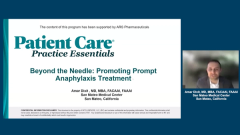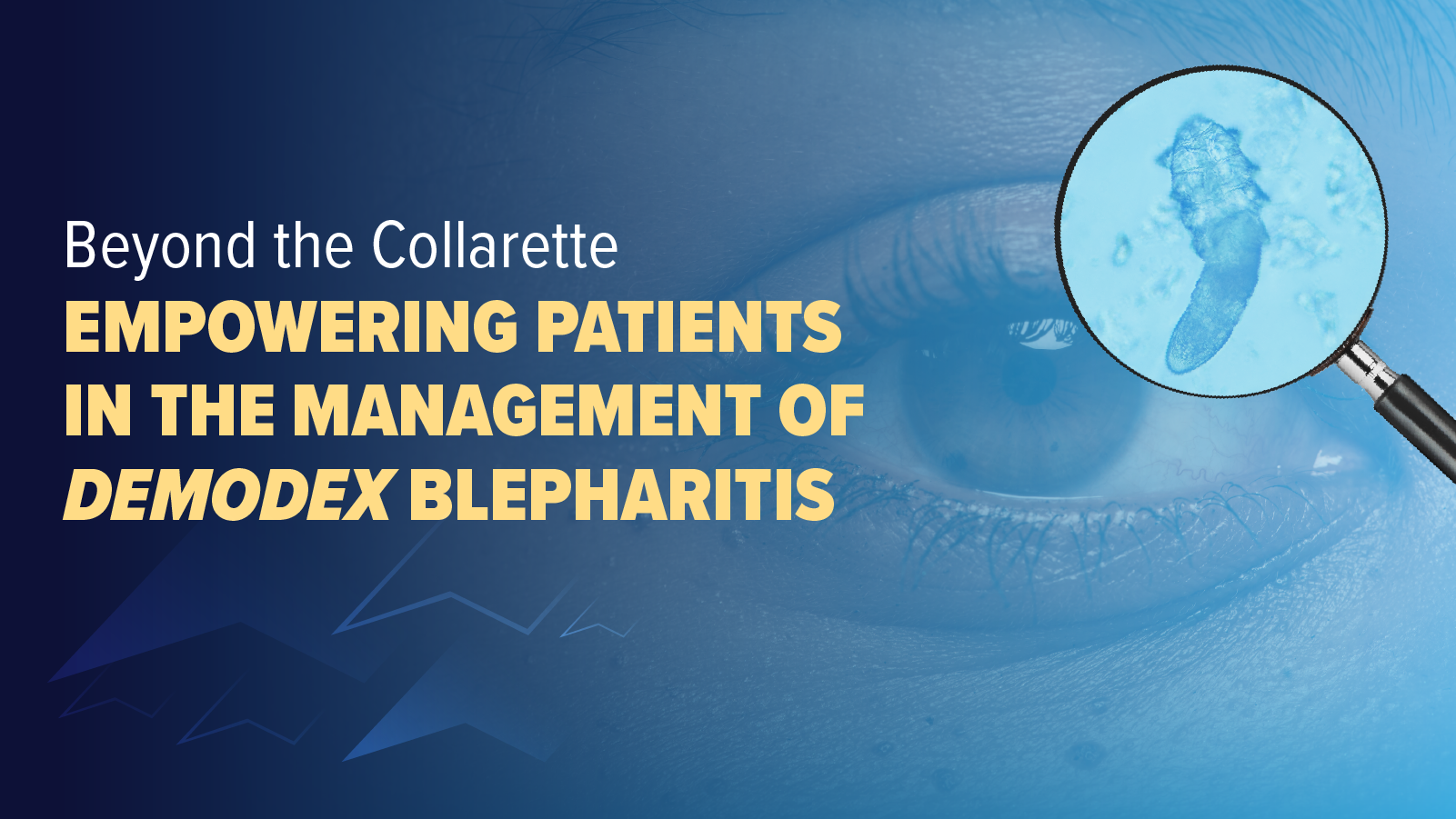
Addressing Barriers to Epinephrine Use: From Reluctance to Readiness
A panelist discusses how patient uncertainty about when to administer epinephrine and reluctance to use autoinjectors are major barriers to timely treatment, with over 40% not filling their prescriptions and 55% to 60% not consistently carrying their devices.
Episodes in this series

Video content above is prompted by the following:
This segment explores barriers to timely epinephrine use through polling questions and research data. Attendees identified uncertainty about when to administer epinephrine as the primary obstacle, with cost being a less significant barrier than in years past. Research reveals concerning statistics: over 40% of patients don’t fill or refill epinephrine prescriptions, and 55% to 60% don’t consistently carry their devices. Many patients cite short expiration time frames (7 to 9 months remaining when filled) and bulky device size as reasons for nonadherence.
Patient fear and uncertainty significantly impact treatment. Approximately 40% of patients don’t administer epinephrine when needed, and over 50% of parents fear giving epinephrine to their children. Training improves administration rates dramatically—without training, 70% of patients don’t administer correctly, while with training, incorrect administration drops to 20%. Still, 1 in 5 patients struggles despite training. Further research from a survey of 917 patients/caregivers shows only 89% fill prescriptions, just 44% carry devices consistently, and merely 25% carry multiple autoinjectors as recommended.
Dr. Dixit discusses updated guidelines for post-epinephrine actions, noting that immediate EMS activation may not be necessary if patients experience prompt, complete, and durable response to early epinephrine treatment. This represents a significant change from previous advice requiring emergency department visits after any epinephrine use. The new guidelines state that EMS or emergency care is only necessary if reactions are severe, don’t fully resolve, or worsen after the first epinephrine dose, potentially reducing unnecessary emergency visits and alleviating patient hesitation to use epinephrine.
Newsletter
Enhance your clinical practice with the Patient Care newsletter, offering the latest evidence-based guidelines, diagnostic insights, and treatment strategies for primary care physicians.














































































































































































































































































